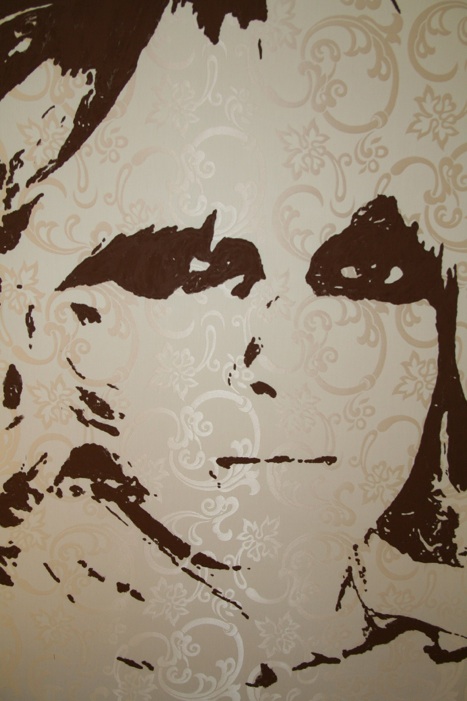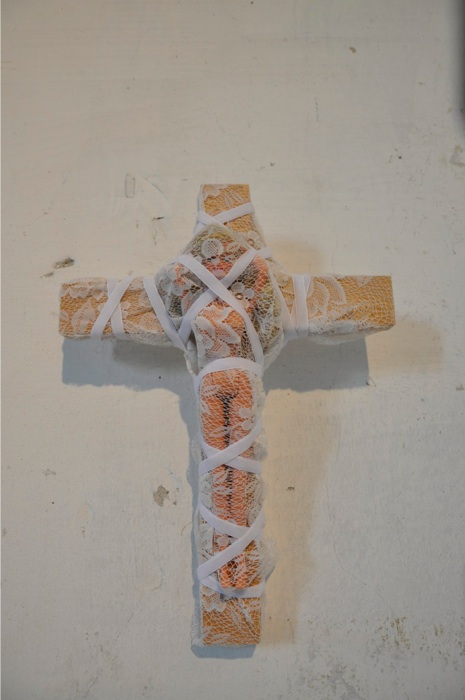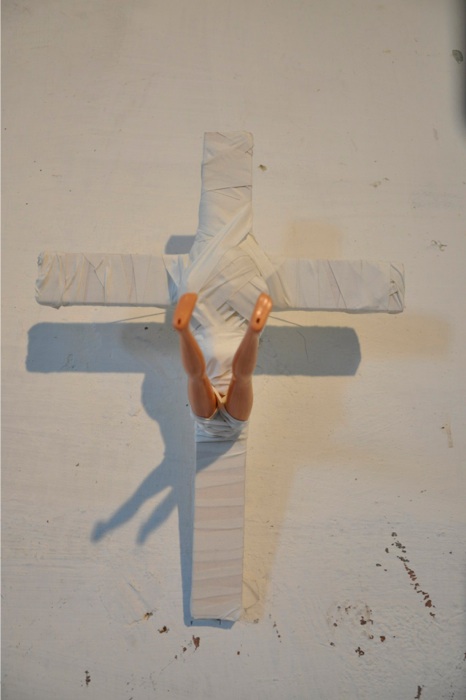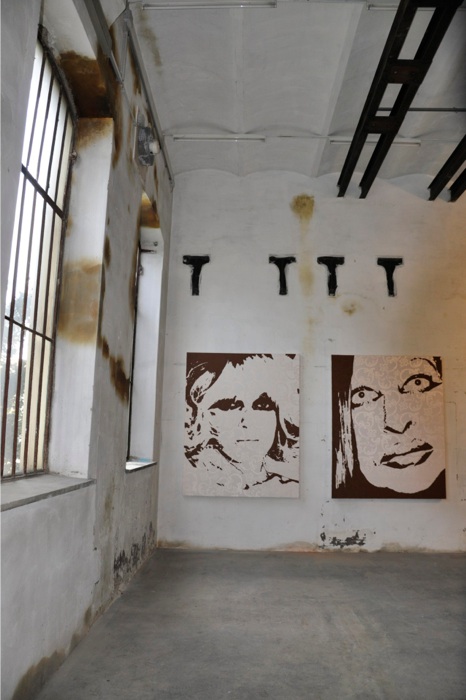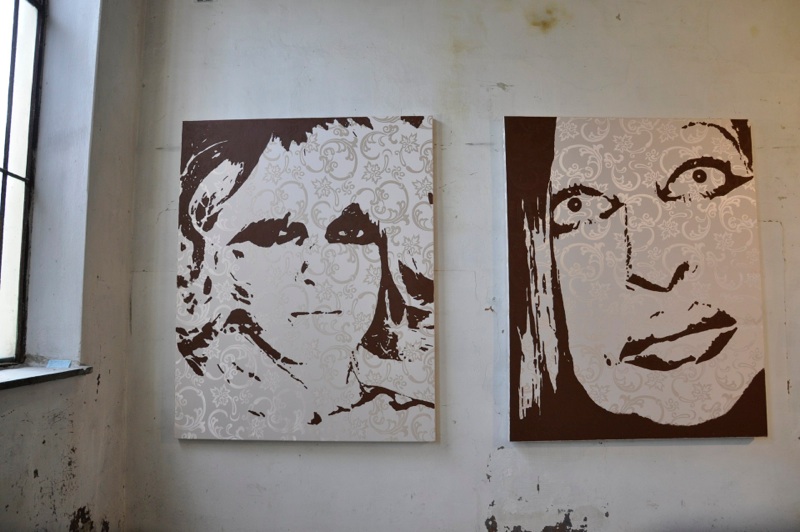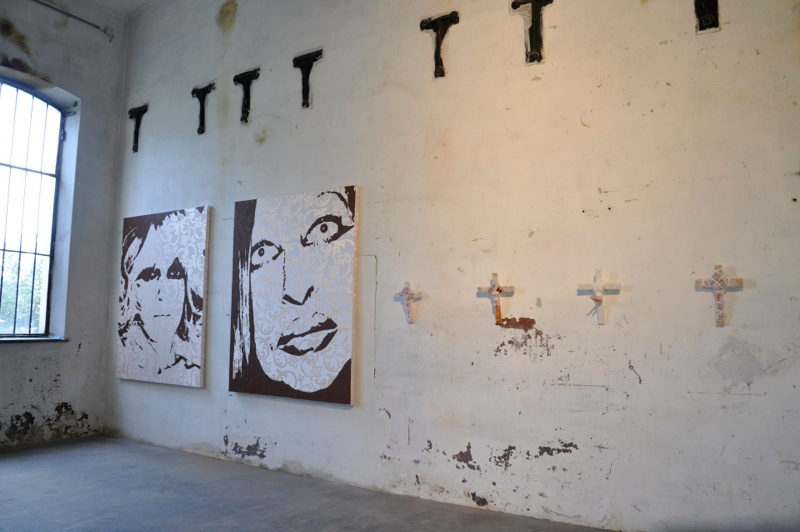ATELIER
CLAUDIA NEBEL
Project: Me.Whore
To prostitute ourselves, to give ourselves away, is an integral part of our modern society, of our lives.
Far in excess of what we commonly and regularly regard as prostitution, its rules and simple logic are applied.
Even if those rules appear to remain concealed at the first glance – the thought patterns of prostitution equal those of many a phenomenon that shapes the experience made in everyday life.
… the demands of the market, politicians who sacrifice their principles to follow the results of opinion polls or lawyers who, against better knowledge, defend or seek injustice in court.
These examples may appear very randomly chosen, yet the question remains:
What distinguishes the agitations of the professionals mentioned above from prostitutes?
The answer to that is disturbing and generates insecurity.
Even more so, it generates shame.
Since it becomes soothingly, reassuringly certain:
For almost every aspect of our social life, prostitution turns out to be the basis of it.
Prostitution is the normal life.
Prostitution therefore is universally human.
ME.WHORE attempts to communicate the aforementioned complexity of the topic by offering a three-step solution
Thus, the project is comprised of three elements that portray a journey from the social ghetto via the individual – represented symbolically by the artist herself – to the universal society.
The beginning of the journey is marked by the depiction of the actual prostitution, through the portraits of those people who actually perform in that area.
Those are classically staying in the line of Claudia Nebel’s work – designed in black and white or dark and bright.
However, the contrast is softened by the appliance of brocades replacing the generic white canvas.
Seldom did the artist work more subtle and simultaneously more powerful.
The energy coming off these portraits of prostitutes is intensified by the decision to integrate, in these large-scaled works, a self-portrait of the artist.
This also marks the beginning of the second level, namely the realization that prostitution is part of every person’s life.
The nucleus of the second level is the video-production of the artist that basically develops out of the self-portrait.
The film depicts Claudia Nebel as a prostitute.
To enter this allegedly peripheral world and to consequently accept it represents a symbol for the reflexion of social circumstances that turn the structural schemata of prostitution into normalcy.
The third level is represented by the sculptures of crucified dolls.
These sculptures should remind not only the observer of the ostracism, exploitation and discrimination of prostitutes, but also include the audience and nail it to the cross.
If all people continually run the risk to prostitute themselves, the collective respect turns into a collective experience that, in turn, depicts the paradox of discrimination.
